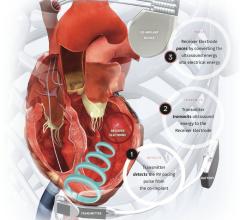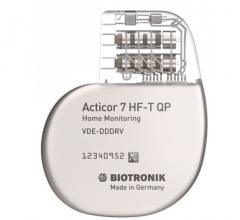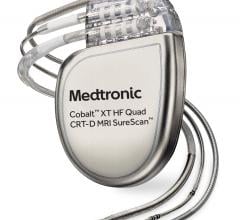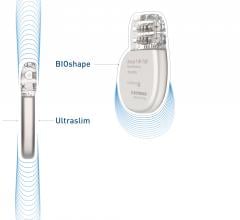June 1, 2010 – A quadripolar pacing system was recently released in Europe and offers physicians the ability to more effectively manage the ever-changing pacing needs of patients with heart failure.
The Promote Quadra cardiac resynchronization therapy defibrillator (CRT-D) integrates multiple pacing configurations. Its features enable physicians to optimize the system at implant and follow-up, as well as better manage common complications without having to surgically reposition the lead.
The Quartet left ventricular pacing lead, used as part of the Promote Quadra system, features four pacing electrodes on the left ventricular lead. This enables up to 10 pacing configurations. Multiple pacing configurations allow the physician to implant the lead in the most stable position, while still being able to select the most optimal pacing location. Having multiple pacing electrodes also provides physicians more options to optimize CRT performance, such as pacing around scar tissue in the heart, and avoiding common pacing complications.
“The Promote Quadra CRT-D gives me a greater number of less-invasive methods for managing my heart failure patients using CRT and reduces my patients’ risk of needing multiple surgical procedures. The Quartet lead also allows me more options for placing the pacing lead, without any compromises on handling characteristics,” said Dr. Wolfgang Kranig of Schüchtermann-Schillersche Kliniken in Bad Rothenfelde, Germany. “Because of the benefits this quadripolar technology offers without any significant tradeoffs, it should be considered a new standard of care for CRT.”
Common pacing complications that can occur in patients implanted with a CRT system include high pacing thresholds and unintentional phrenic nerve or diaphragmatic stimulation. Patients with high pacing thresholds require significantly higher energy to pace the heart. This may reduce the device’s battery life or cause pacing to be ineffective. Phrenic nerve and diaphragmatic stimulation occur when the electrical output from a device inadvertently activates the diaphragm muscle (either directly or via the phrenic nerve), causing hiccups upon each pacing stimulus. In particular, phrenic nerve and diaphragmatic stimulation may be body position sensitive and not be evident at the time of the implantation procedure while the patient is lying on their back. Both high pacing thresholds and phrenic nerve or diaphragmatic stimulation are often due to the location of the pacing lead electrode and up until now, have often required that the lead be repositioned surgically.
For more information: www.sjm.com

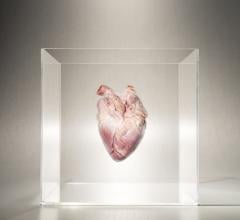
 May 22, 2023
May 22, 2023 

